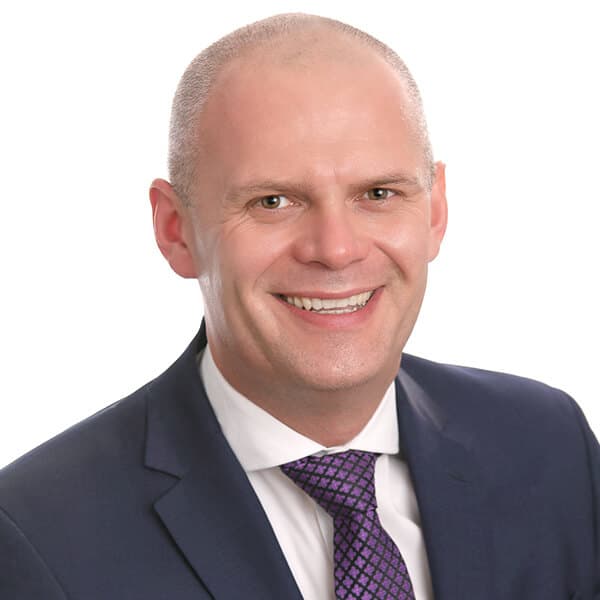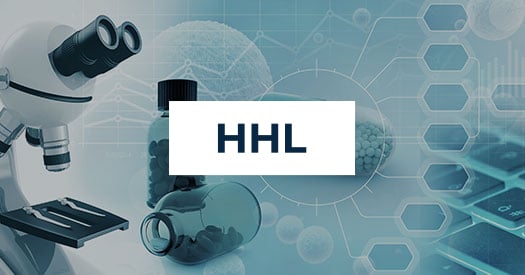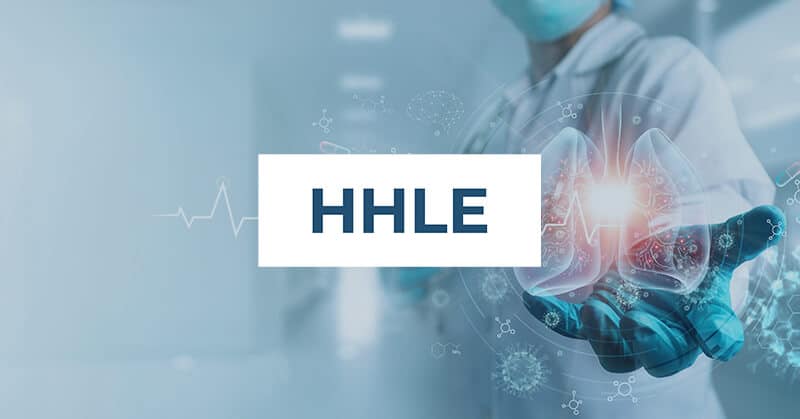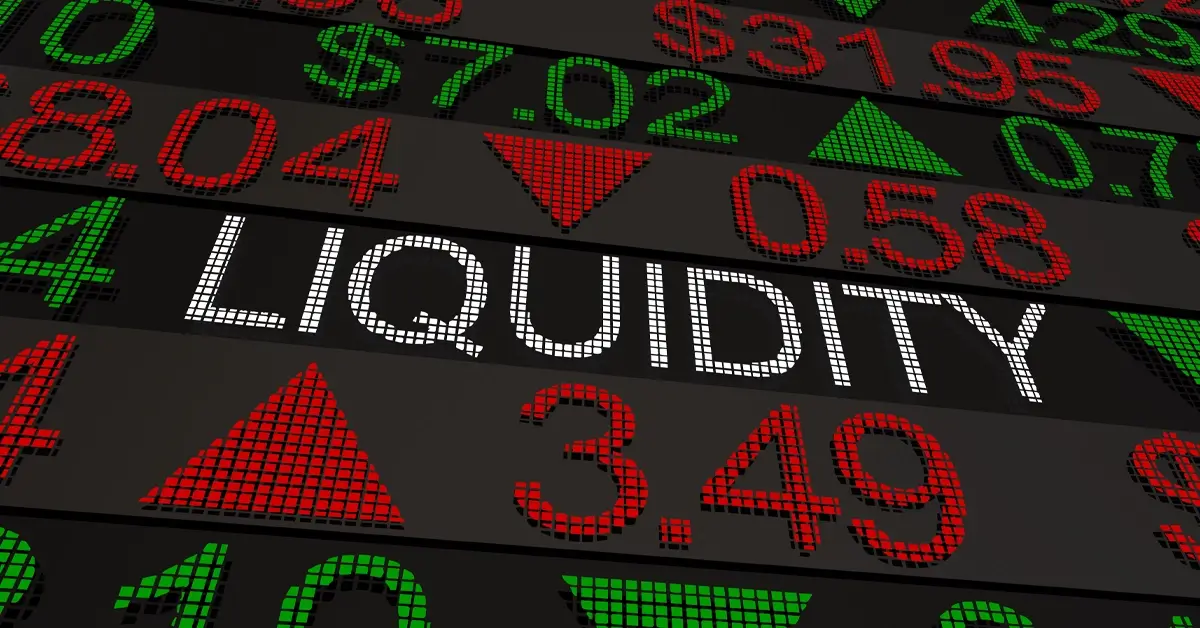By David Wysocki
Like any industry, healthcare companies engage in mergers & acquisitions. Companies merge or one company buys another to drive future growth, generate more efficiency, or deliver greater value to both shareholders and patients. Healthcare investors are often on the lookout for opportunities related to mergers and acquisitions. While there are many to find, there are also some key considerations that a healthcare investor should keep in mind.
Unlike other industries, healthcare mergers & acquisitions involve intricate regulatory frameworks, as government bodies scrutinize transactions to ensure patient safety, fair competition, and compliance with medical standards. The integration of diverse healthcare systems, such as hospitals, clinics, and pharmaceutical companies, demands a seamless alignment of medical practices, IT systems, and personnel, requiring careful planning to avoid disruptions in patient care.
However, we continue to see significant mergers and acquisitions taking place in the healthcare sector. With this article we will explain some of the reasons behind these moves, what they could mean for the sector, and how Canadian investors can access the evolving healthcare space.
Why do companies/industries engage in mergers & acquisitions?
Companies engage in mergers and acquisitions (M&A) for a range of strategic and financial reasons which apply to healthcare companies as well. Many of these companies see M&As as a way to facilitate accelerated growth by enabling companies to expand their market presence, enter new geographic regions, or diversify their product or service offerings. This can lead to increased market share, access to new customer segments, and enhanced competitive advantage.
M&As can also create synergies that result in operational efficiencies and cost savings. By combining resources, such as infrastructure, distribution networks, and technologies, companies can reduce redundancies and optimize their operations, ultimately boosting profitability.
Moreover, M&As can be a means of gaining access to intellectual property, patents, or proprietary technologies, allowing companies to leapfrog their research and development efforts and stay at the forefront of innovation. This is especially pressing for companies in the healthcare sector where innovation is key to long-term success.
Financial motivations also drive M&A activity. Companies might seek to leverage their financial strength to acquire distressed assets at lower valuations, positioning them for future gains as these assets recover in value. Similarly, a drug or medical device may be more valuable to a larger company that can use their integrated global networks compared to a smaller company that does not have such resources. M&As can also be a way to improve financial performance through increased revenue, reduced expenses, and improved capital utilization.
Why Healthcare companies merge, acquire, and partner
The motive forces behind M&As are relatively consistent across industries. However, the uniquely regulated and sensitive nature of the healthcare sector provide some additional reasons.
Because technology and intellectual property are so important for certain healthcare subsectors like pharmaceuticals and medical devices, companies in those subsectors often engage in mergers, acquisitions, or partnerships to deliver additional value. Through a merger or acquisition a company might gain ownership of new medical technologies or specialized expertise, or expansion into a new geographic region.
Partnerships are another key way that healthcare companies can achieve the benefits of a merger or acquisition in a limited way. The example of Pfizer’s COVID-19 vaccine tells this story well. The German company BioNTech was a leader in MRNA research that would prove crucial to vaccine development. However, BioNTech did not have the scale or financial means to test and manufacture its COVID-19 vaccine. Therefore, the company partnered with Pfizer, a huge US pharma company, and that partnership helped bring an end to the COVID-19 pandemic.
In a sector like healthcare—where scale is so crucial to innovation—partnerships, mergers and acquisitions can play a key role in both the delivery of value to shareholders and the creation of new treatments and drugs which can change lives for patients. Investors seeking to access the value created by healthcare M&As and partnerships may want to consider a focus on the largest companies in the sector. Because scale is important to the delivery of value for healthcare investors, focusing on companies with scale can be an effective way to access positivity from M&A trends.
A Healthcare ETF focused on scale
The Harvest Healthcare Leaders Income ETF (HHL:TSX) holds a basket of 20 large-cap US healthcare companies. Its portfolio is selected based on a number of key criteria, but market capitalization, market share, and financial scale are among the most important considerations. Many of those large-cap companies come with competitive moats against disruption and relationships with regulatory bodies enabling important partnerships that can generate significant value.
In addition to its portfolio of large-cap healthcare companies, HHL also pays a monthly income distribution to unitholders. That distribution is generated through a combination of dividends from underlying stocks and premiums from the sale of covered call options. That income can help contribute to total returns, offset some potential short-term downside, or help investors meet their cashflow needs.
M&As present opportunities for investors in any sector, but we can see how the scale, regulatory environment, and importance of intellectual property can make M&As a crucial consideration for healthcare investors. At Harvest ETFs we believe that a focus on the large-cap leaders in the US healthcare space can provide beneficial exposure to M&A opportunities as well as steady growth prospects over the long-term.

David Wysocki
David Wysocki is the VP of National Sales at Harvest ETFs. He is a seasoned sales executive who began his career as a financial advisor before taking on a sales role to develop the ETF market for a leading Canadian financial institution. David now leads a large team of sales professionals across Canada. He has a deep knowledge of Harvest products and the broader market and regularly presents ETF insights and macro commentaries to Canadian financial advisors.














